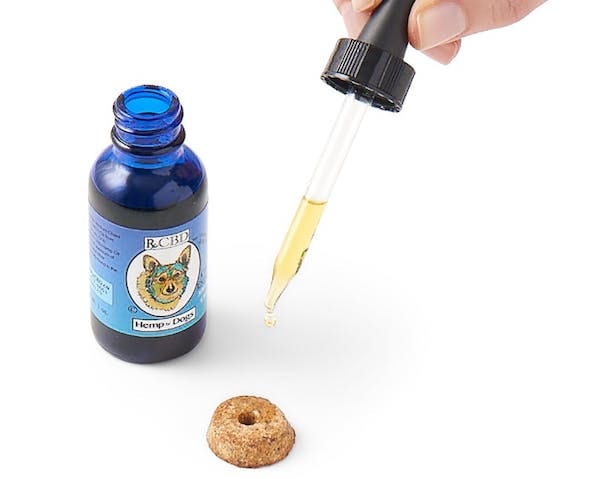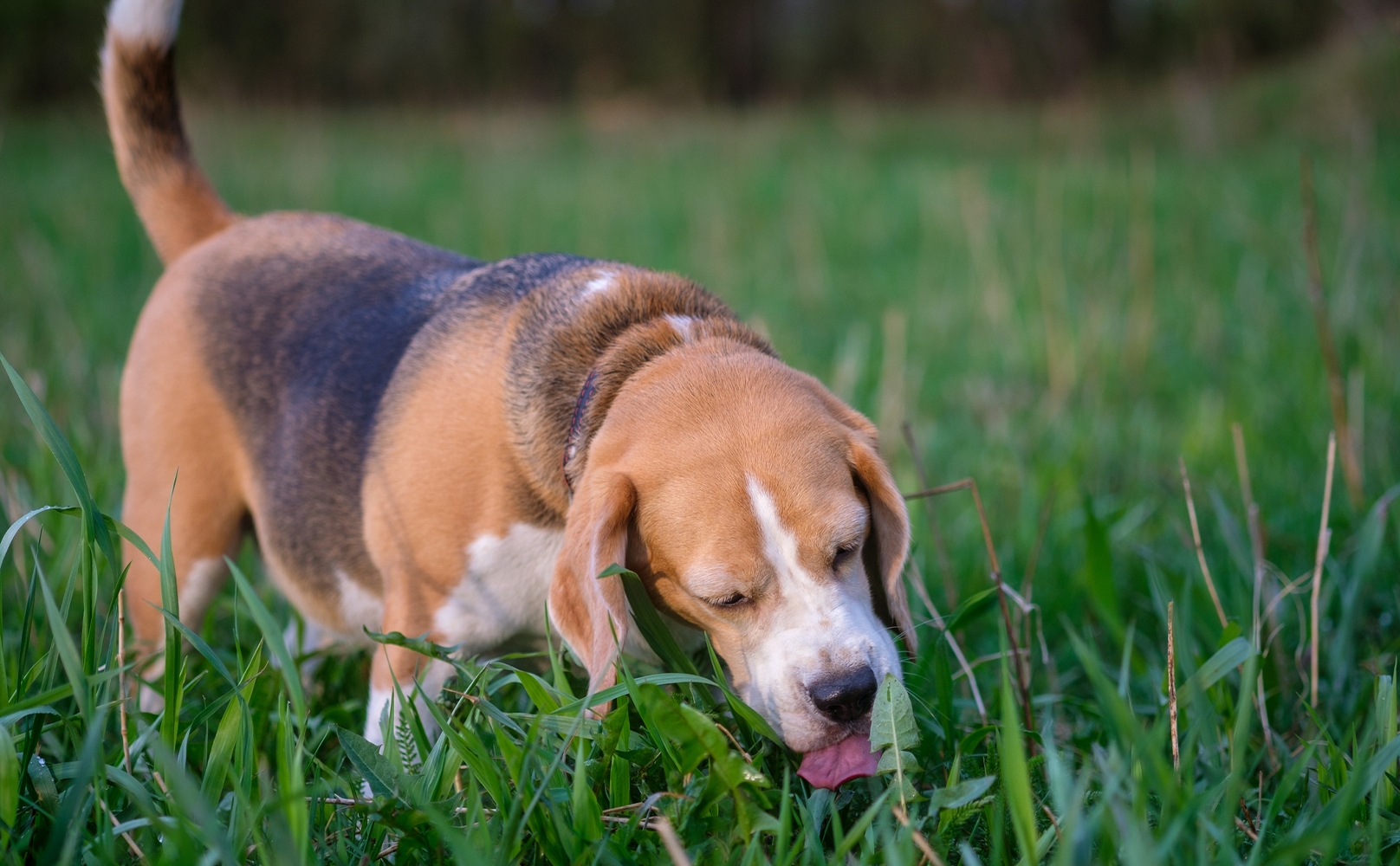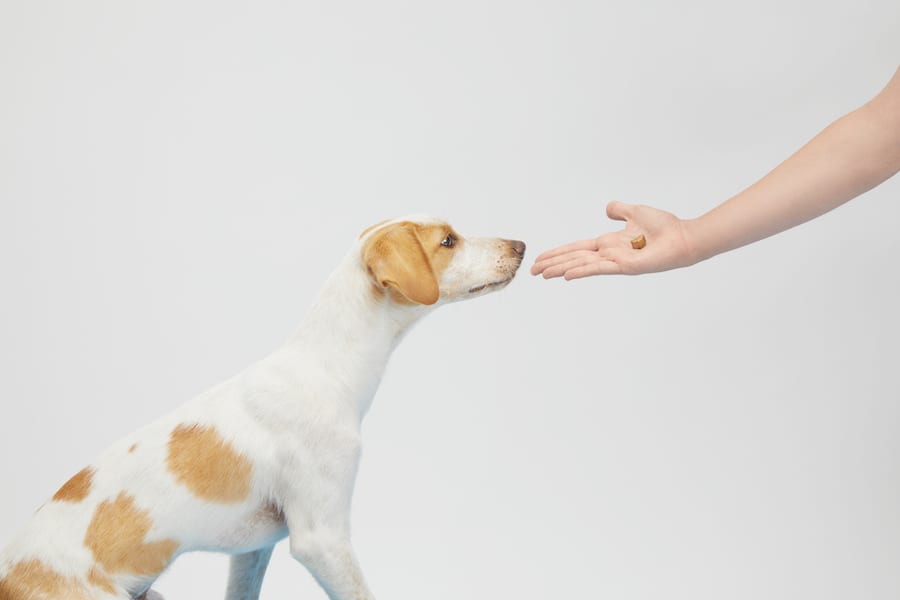Does your pup look like they’re on the verge of a panic attack every time you walk into another room? Do the sounds of your dog’s whines, barks, and howls follow you as you head out the door? And every time you leave the house, are you terrified about what you’re going to find (whether it’s chewed up furniture, scratches on the door, or a stinky surprise on the floor) when you get home?
If so, your dog may be struggling with separation anxiety.
What Is Separation Anxiety?
Separation anxiety is… well, exactly what it sounds like. It’s when your dog gets anxious, agitated, and upset when they have to be separated from their owner (that’s you). Your dog’s separation anxiety can be triggered when they notice you getting ready to leave the house, by a specific action (like putting on your shoes), or when they realize you’re not around (“Hey, where did my person go?!”).
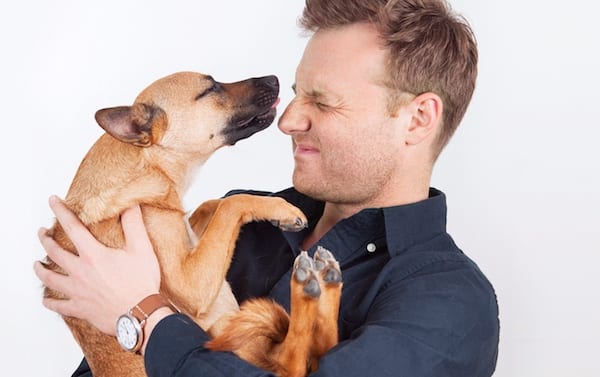

What Are Some Telltale Signs Of Separation Anxiety?
Here are some of the most common signs your dog may be struggling separation anxiety:
Having Accidents In The House
If your dog pees or poops every time you leave them alone, it could be more than a sign they need to brush up on their house training – it could be a symptom of separation anxiety.
How to tell the difference? If your pup has accidents all the time, it’s probably a training issue. If it’s only when you leave them alone, it’s most likely separation anxiety.
Excessive Barking
If you get news from your neighbor that your dog barked, howled, or whined for the entire eight hours you were at work, it’s not because they were trying to grab the attention of a squirrel in your yard. Most dogs will bark on occasion—even excessively—but if your pup barks constantly whenever you’re away, it’s likely separation anxiety.
Destructive Behaviors
Ripped up pillows? Table legs and shoes that have been chewed beyond recognition? Garbage strewn all over the floor?
If your dog has a serious appetite for destruction when you’re away, their acting out may be a result of their separation anxiety.


Escape Tactics
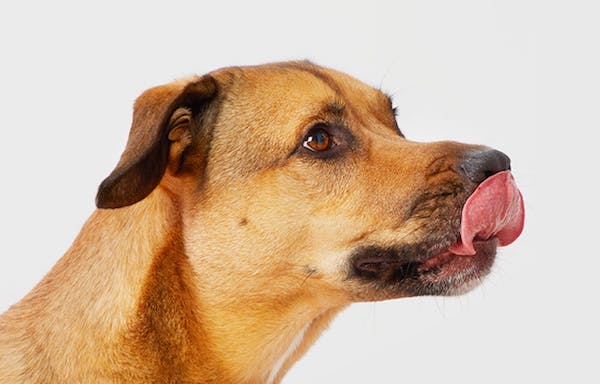

When you leave your anxious pup home alone, their instinct may be to try to escape by digging, scratching at the door, biting on door frames, or (if they’re outside) jumping over the fence. If your dog pulls a “fugitive on the run” act every time you leave them alone, chances are they’re struggling with separation anxiety.
Now, obviously these behaviors are problematic for you as an owner (who wants to come home to a disaster of a house?!). But they could be even more problematic for your pup; dogs with separation anxiety are much more likely to self-injure or escape from their homes, which is why it’s so important to help your pup get their separation anxiety under control and learn to love (or at the very least tolerate) spending time by their lonesome.
Other signs of separation anxiety include:
- Pacing
- Panting
- Licking lips
- Trembling
- Vomiting
- Eating own poop
- Self-harm
What Are The DOS And DON’TS Of Training A Dog With Separation Anxiety?
So, the bad news is separation anxiety is no fun for you or your four-legged friend. But the good news? With a little work, your pup can get much more comfortable being left alone—and you can get much more comfortable leaving the house without the fear of what you’ll find when you return.
Here are some of the do’s and don’ts of training a dog with separation anxiety:
DON’T Make A Big Deal Every Time You Leave The House
Dogs look to their human as a way to gauge how they should act in any given situation. So if you make a big deal every time you leave the house, they’re going to assume your leaving it’s a big deal—and may get serious anxiety as a result.
Resist the urge to spend 10 minutes cuddling, kissing, and saying “you’re such a good boy” in your best baby voice every time you leave the house. Instead, just calmly and quietly walk to the door without looking at or acknowledging your pup. The less of a production you make of leaving, the less of a big deal your dog will make of it.
DO Make Sure They Get Plenty Of Exercise
As humans, what’s the best way to deal with stress? Going for a run or hitting the gym for a major endorphin boost.
Well, guess what? The same is true for your pup.


Exercise releases endorphins, which can help your dog feel more calm and less anxious. If your dog is struggling with separation anxiety, make sure they’re getting plenty of exercise every day, whether that’s through long walks, running around in the backyard, or frequent trips to the dog park. The more endorphins your dog has running through their brain, the more chill they’re going to feel—and that includes when you’re not around.
DO Teach Your Dog To Enjoy Being Alone
Dogs with separation anxiety are conditioned to fear being alone. But if you can condition them to associate being alone with good things—like treats and toys—all of a sudden, being alone isn’t so scary. Actually, it’s kind of fun.
This process is called counterconditioning, and it can be a great way to change your pup’s relationship to being alone. Every time you leave the house, give your pup a special treat (even better, give them a treat that will take them a while to get through, like a KONG filled with peanut butter). As soon as you get home, take the treat away.
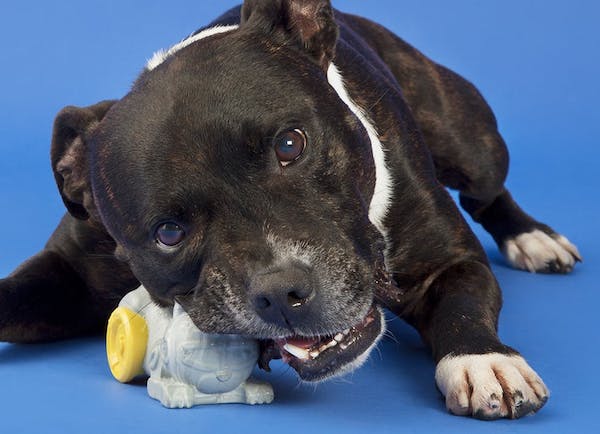

Eventually, your dog will start associating being alone with their special treat—which is much better than associating being alone with fear and anxiety
DO Take Baby Steps
If your dog has severe separation anxiety, leaving them alone for an entire day is probably too much for them to handle. Instead, start with baby steps.
Start by doing out-of-sight exercises where you train your dog to sit or stay while you go out of the room. Then, as they get more comfortable with you being out of their sight, start leaving them for (extremely) short periods. The point is, you always want to come back before they start having anxiety about you being gone. As they become more comfortable, you can slowly increase the time until you’re leaving them alone for longer stretches.


(Side note: taking these baby steps to get your dog more comfortable with you out of the picture can be time-consuming, so you might want to consult a trainer to help speed up the process.)
Separation anxiety is no fun for your or your pup. But with a little patience and the right approach, you can teach your dog that they have nothing to worry about when you’re gone—because you’re always going to come back.
Which Breeds Develop Separation Anxiety?
All of ‘em! There isn’t a single type of dog in existence that hasn’t exhibited signs of separation stress at one time or another. Even the ones who look stereotypically “tough” (whatever that means) have cried their fair share of canine tears waiting for their humans to come home to them.
What Products Help With Separation Anxiety In Dogs?
We’ve already mentioned a few products that could be helpful for your relieving your dog’s separation stress – a treat or two for when you leave, a toy to play with while you’re gone – but here are a couple more:
Bark Calming Supplement: It’s veterinarian-formulated, made with all natural ingredients (tryptophan, lemon balm, and green tea), and it comes in the form of 120 soft chews. Basically, it looks and tastes just like delicious treats, and it could really help soothe your dog in their time of need. ($24.99.)
Bark CBD Extract: This holistic remedy is made from MCT, organic coconuts, and co2 extracted high CBD hemp oil, and it’s been known to help with all forms of anxiety – but also arthritis, nausea, inflammation, and other physical or emotional pain. It contains no THC (<0.1%) and will not make your pup feel “buzzy” or “high.” ($69.30.)
Bark CBD Chicken Biscuits: These handcrafted treats are made with premium, human-grade ingredients including full-spectrum CBD hemp oil and are available for both small and large dogs. They’re a holistic, natural product for anxiety, arthritis, nausea, inflammation, and other physical or emotional pain. They contain no THC (<0.1%) and will not make your pup feel “buzzy” or “high.” (Starting at $24.30 for 4 oz. jar of 25 treats.)
(NOTE: It typically takes more than a single dose of CBD – and sometimes up to two weeks’ worth – to see results.)


